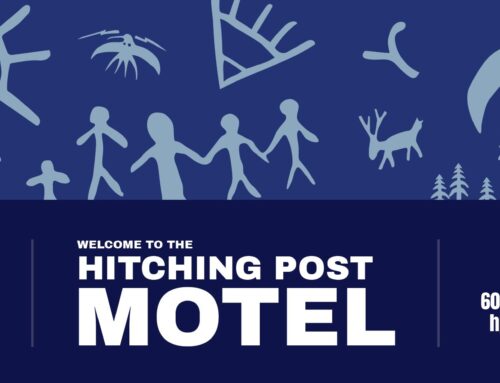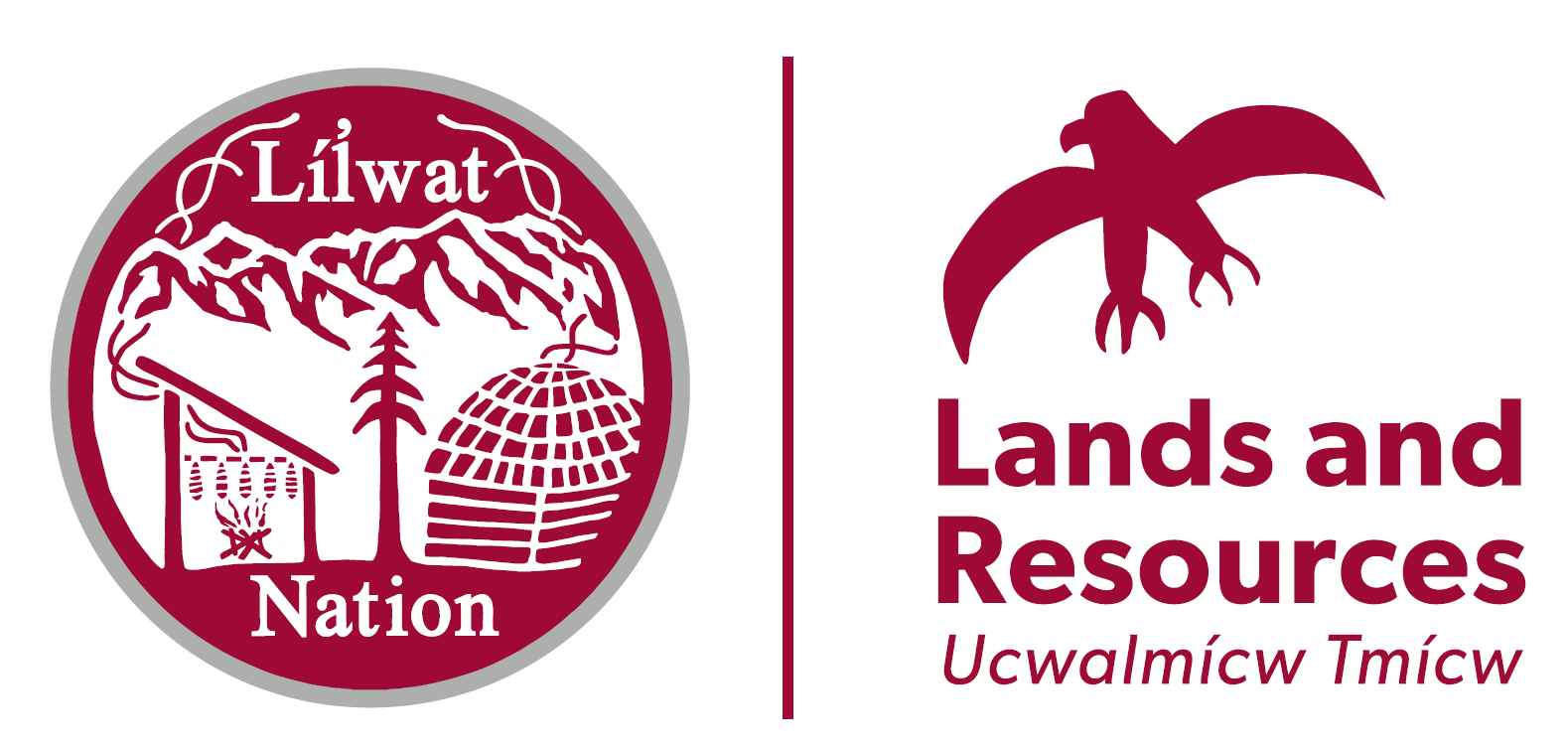
COMMUNITY NOTICE
The Sea to Sky Invasive Species Council (SSISC) will be removing Wild Parsnip, an invasive plant, on Lillooet Lake Road and adjacent residential properties on June 16 and 17, 2022.
What is Wild Parsnip? Wild Parsnip is an invasive species that contains a highly toxic sap that can cause severe burns and blindness if it comes into contact with the skin or eyes. It grows quickly and forms dense stands, especially in disturbed and abandoned agricultural areas. One plant can produce an average of 975 seeds that can be viable for up to 5 years. Wild Parsnip is highly competitive and will continue to spread and outcompete native vegetation if not removed.
Where has Wild Parsnip been found? Wild Parsnip has been found along Lillooet Lake Road and some adjacent residential properties. It has also recently been located in other areas of the community, such as on the old reserve. Eradication is a high priority.
Identification of Wild Parsnip: Wild Parsnip can grow up to 1.5 metres tall. It has very small, yellow-green flowers in umbrella-shaped clusters that bloom from May to September. Its leaves are alternately arranged on stems with mitten-shaped and toothed leaflets, and its stem is light green and deeply grooved.
If you suspect you have Wild Parsnip or any other invasive species growing on your property, please submit a report to SSISC at 604-698-8334 or https://ssisc.ca/report/.
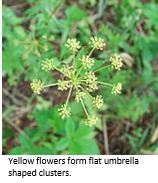
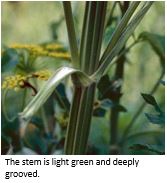
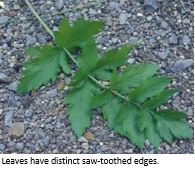
Wild Parsnip Removal: Because of Wild Parsnip’s toxic nature, its dense, established plant stands and large seed bank, mechanical removal of the plant is not feasible and the SSISC has carefully selected a herbicide to remove it. SSISC staff are highly trained, certified pesticide applicators who observe pesticide-free zones around bodies of water and follow standard protocols that dictate the conditions in which herbicide can be sprayed. The plants will be carefully sprayed directly, close to the ground, and during low winds to minimize any herbicide drift. The herbicide used will not impact the grasses on site and the SSISC will also be reseeding the area with native vegetation to encourage the growth of native plants. The use of this herbicide requires a 10 metre buffer from any waterbody. If there are plants found close to the river, herbicide will not be used. The plants will be manually removed.
Post-Treatment Protocol: Treatment sites will have signage posted for two weeks following treatments; please avoid touching the plants during this period. There are no restrictions to people or animals entering this area after the two week period has passed.
More information on Wild Parsnip can be found here:
- https://www.ontarioinvasiveplants.ca/wp-content/uploads/2016/07/OIPC_BMP_WildParsnip_Feb182014_FINAL2.pdf
- http://www.natureconservancy.ca/en/what-we-do/resource-centre/invasive-species/wild-parsnip.html
If you have any questions or would like more information, please contact Julia Poetschke, Projects & GIS Manager (julia.poetschke@lilwat.ca or 604-894-6115).

